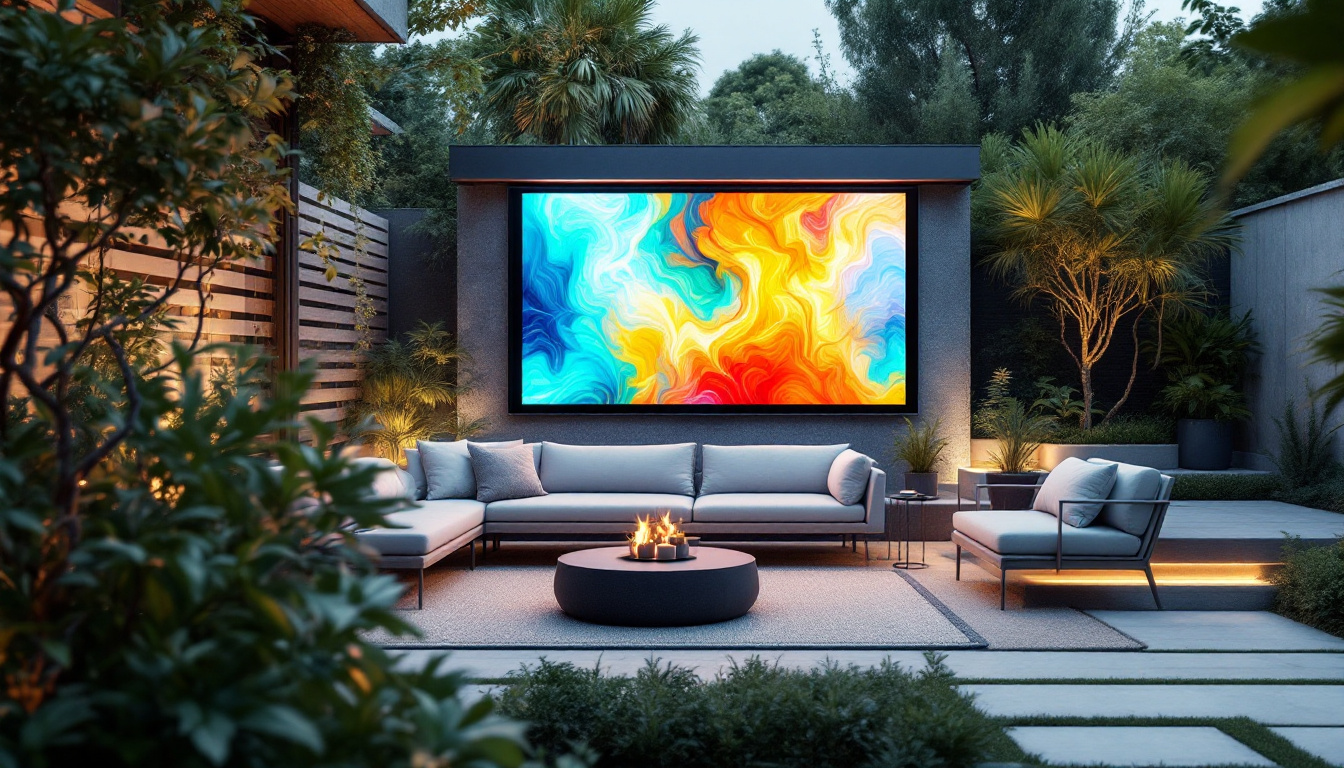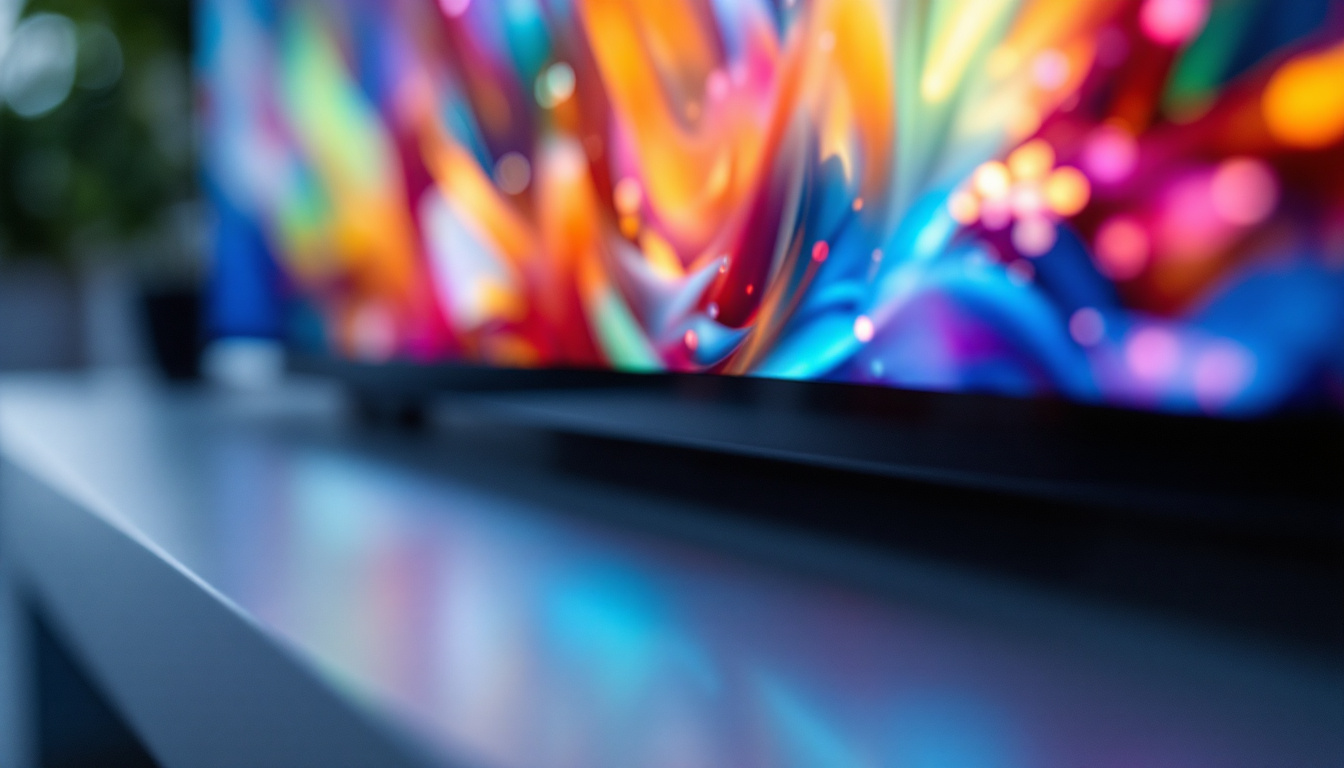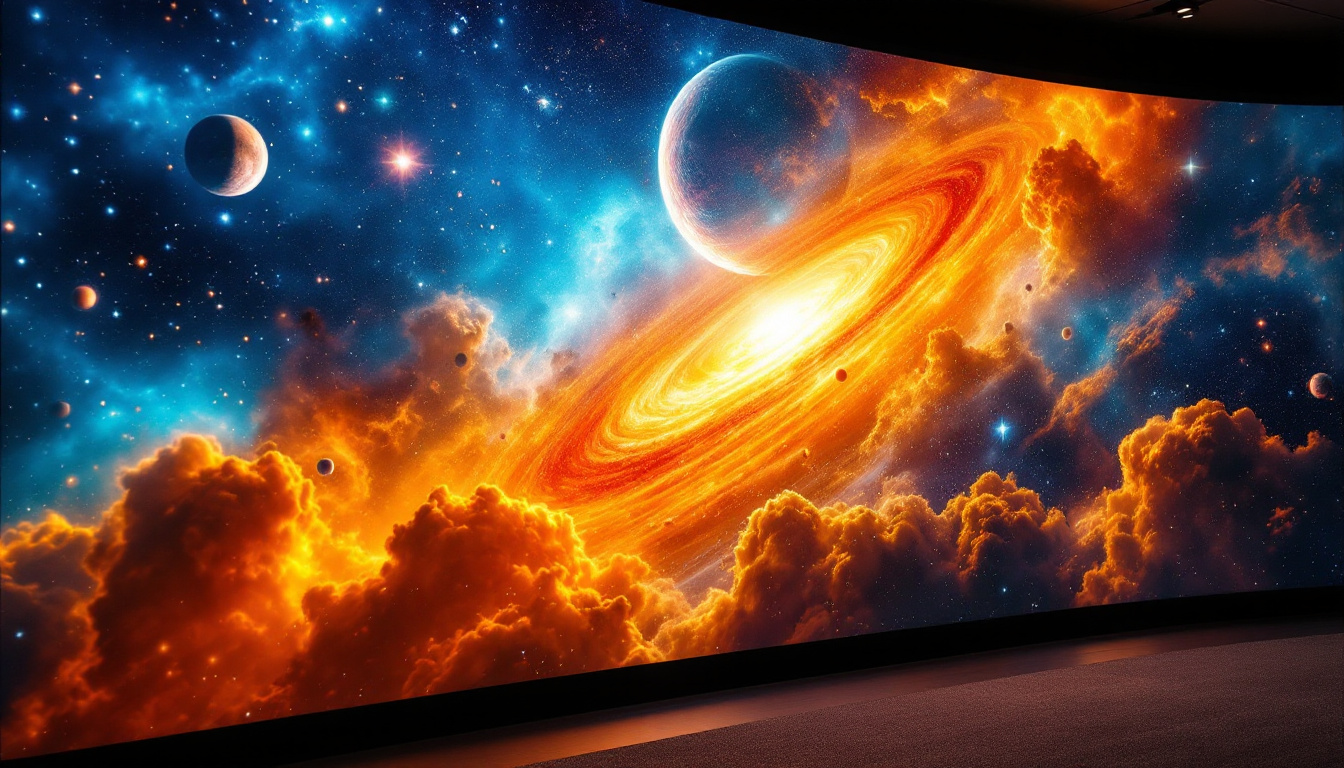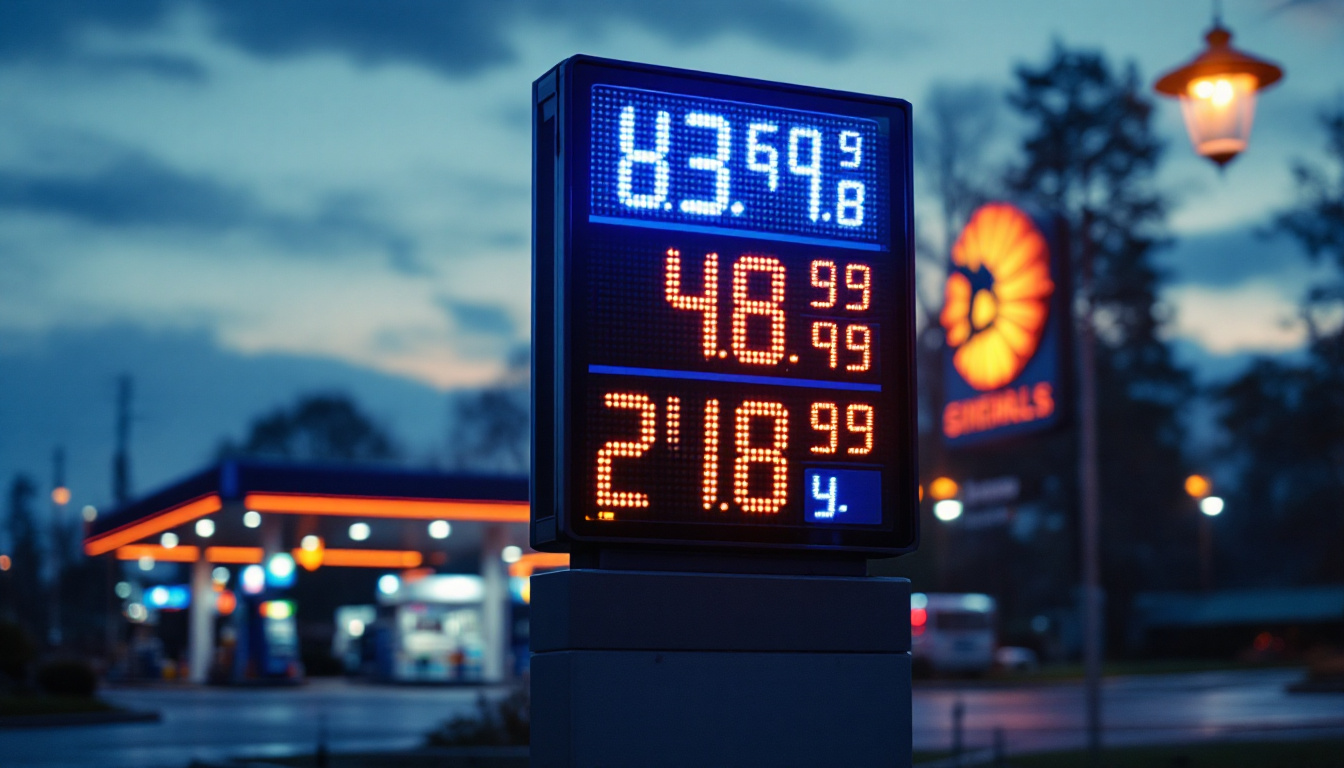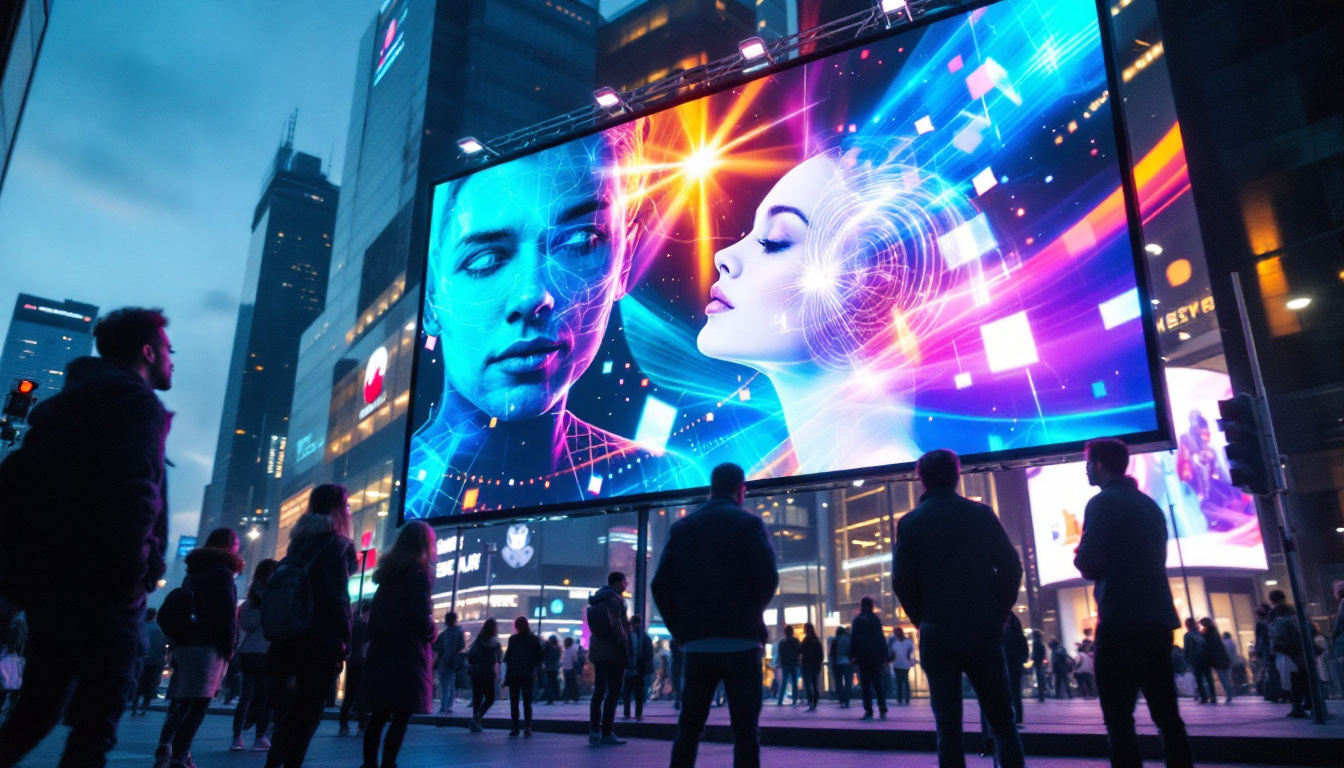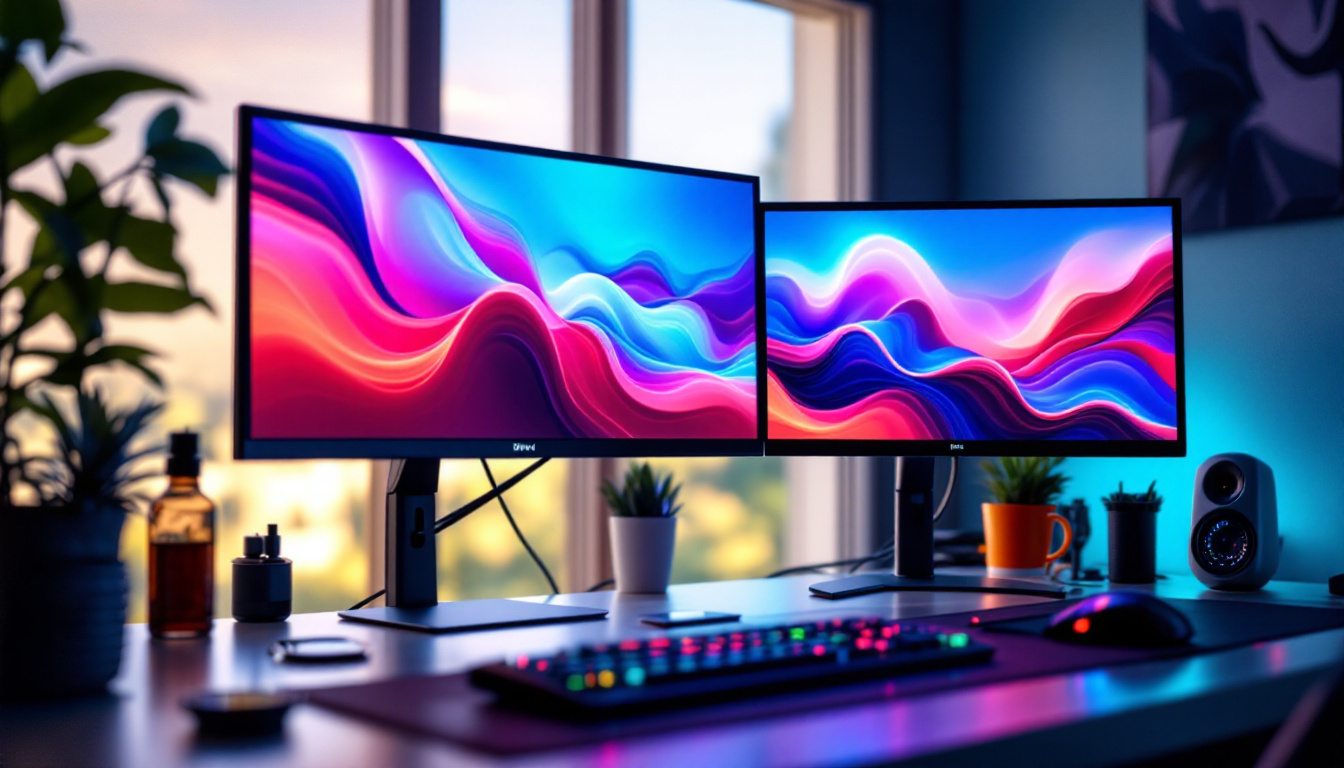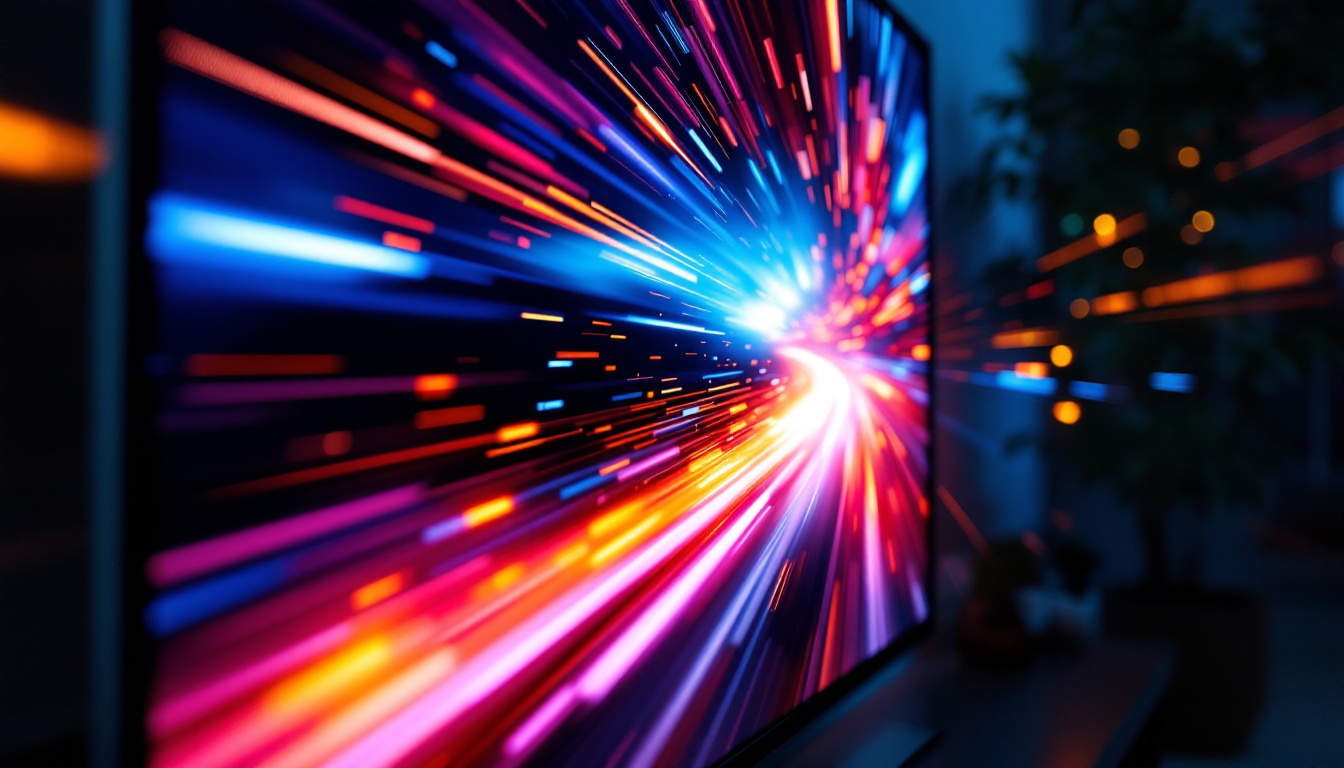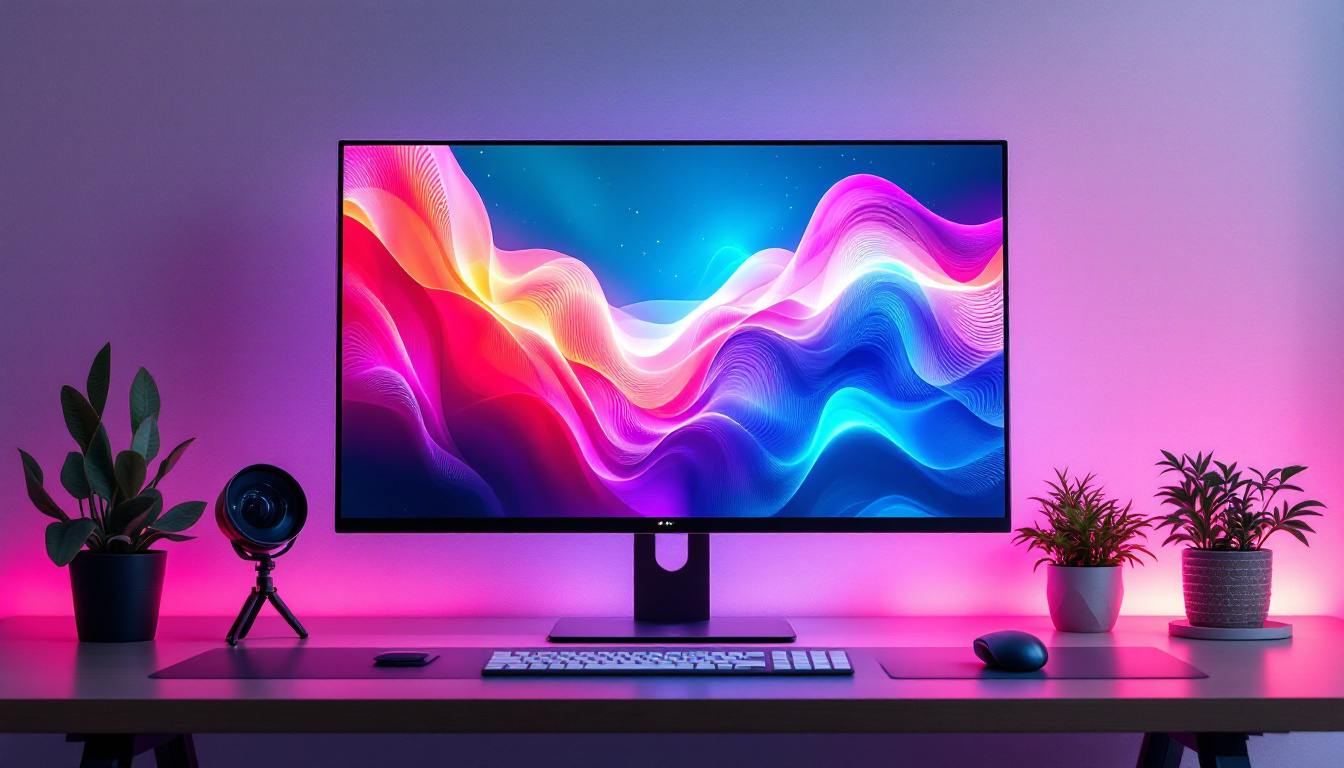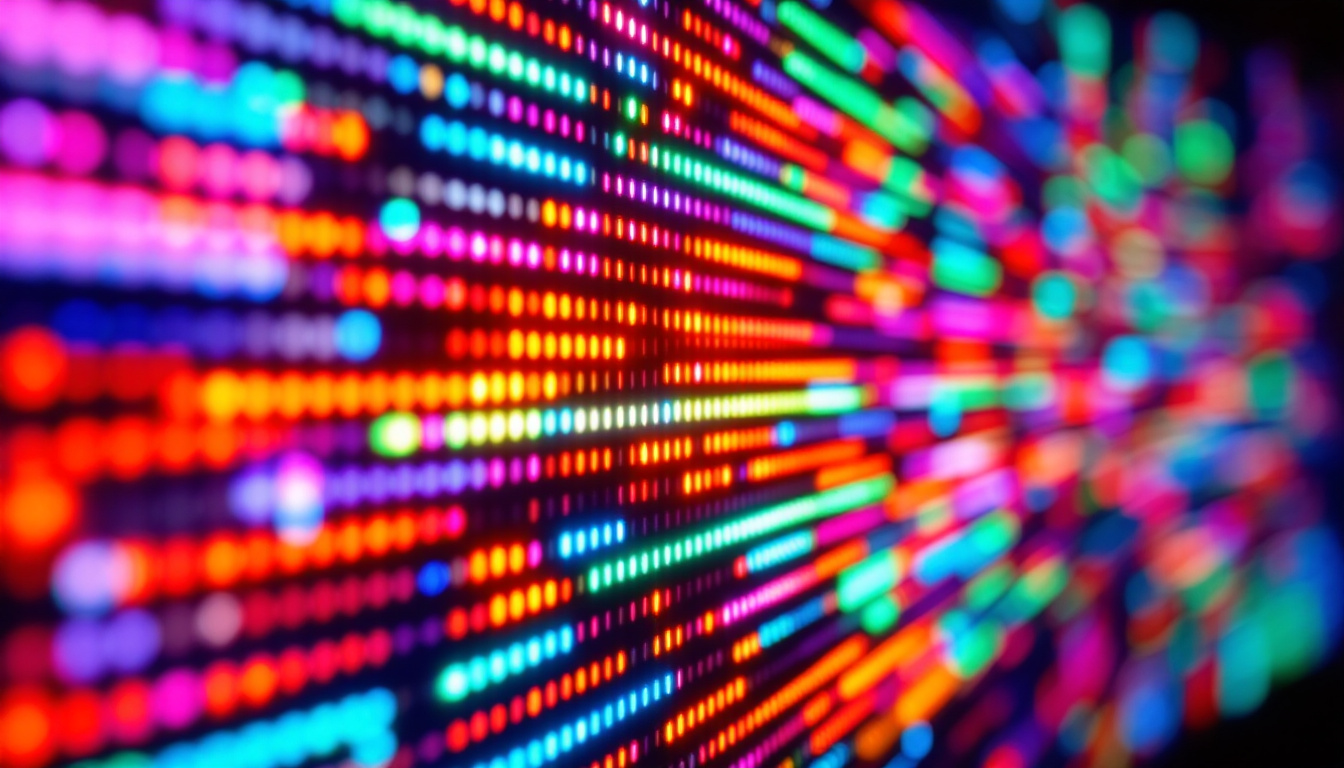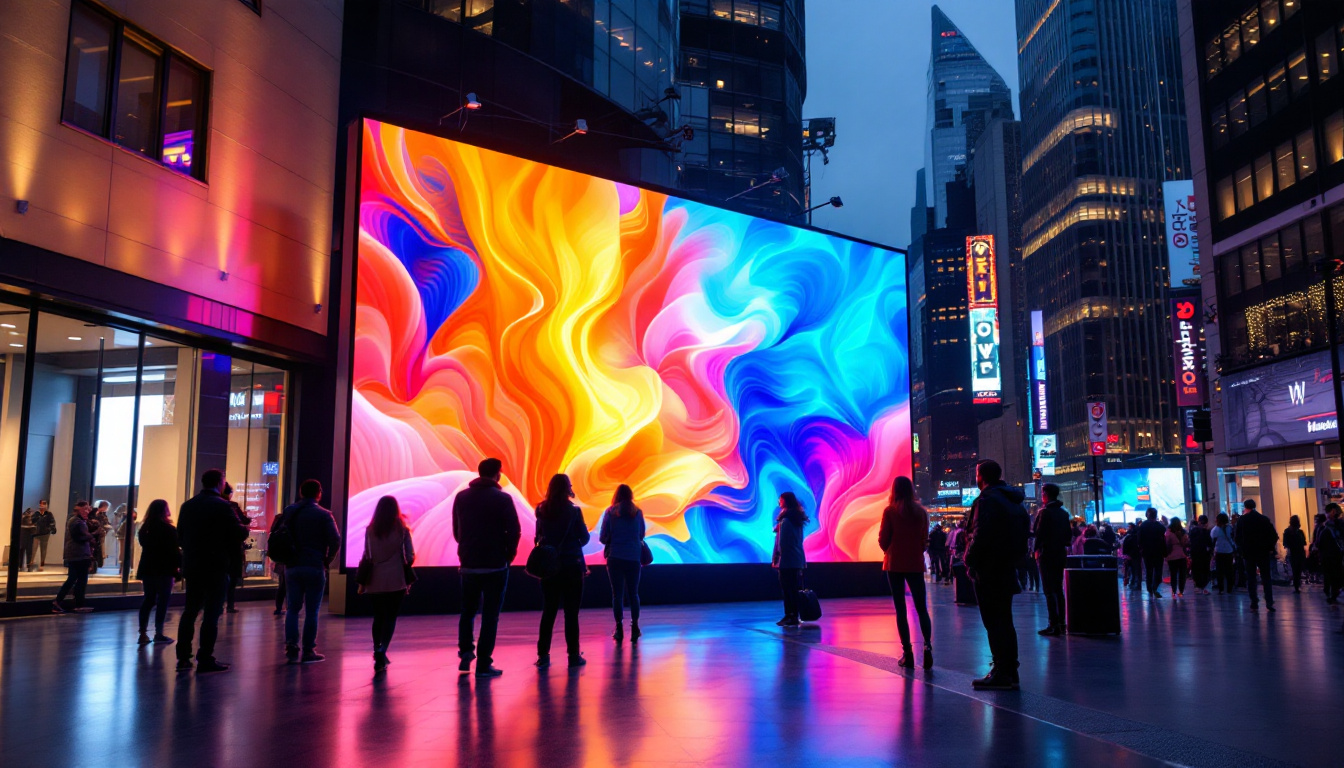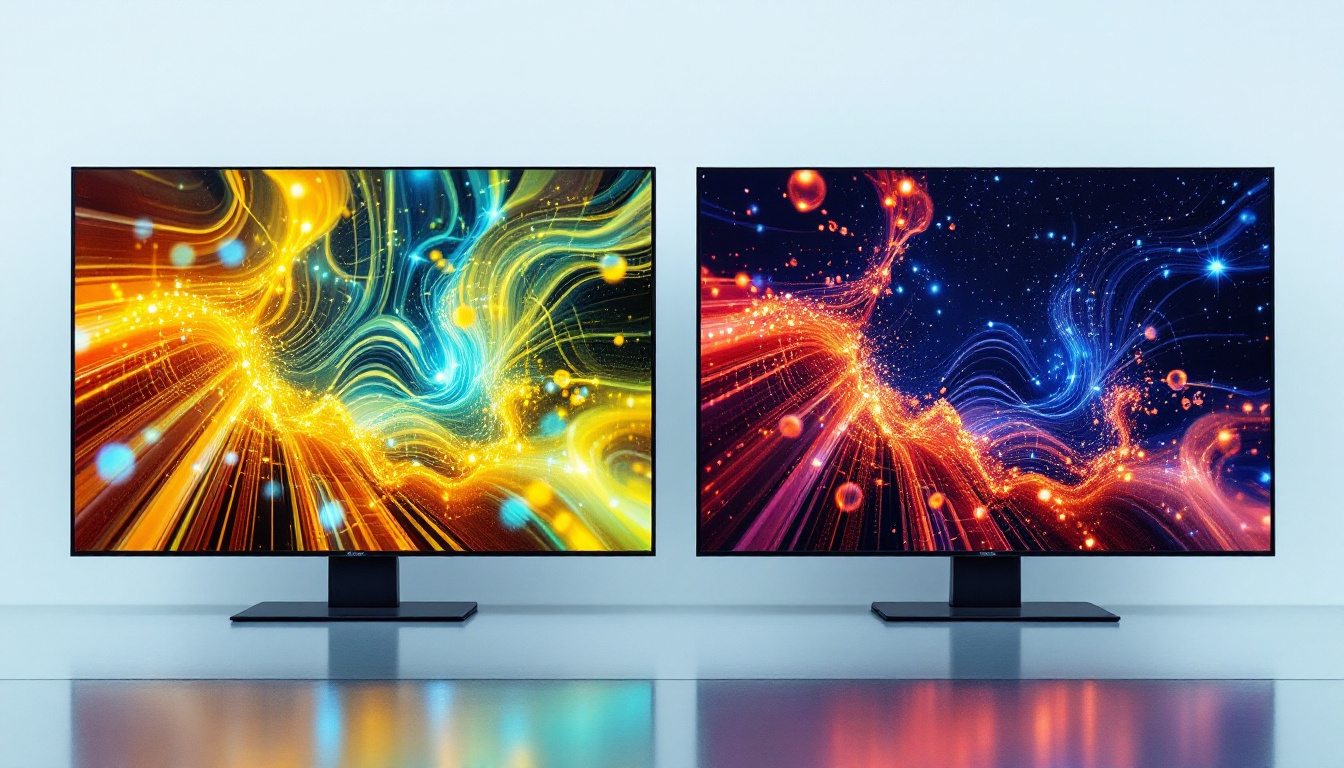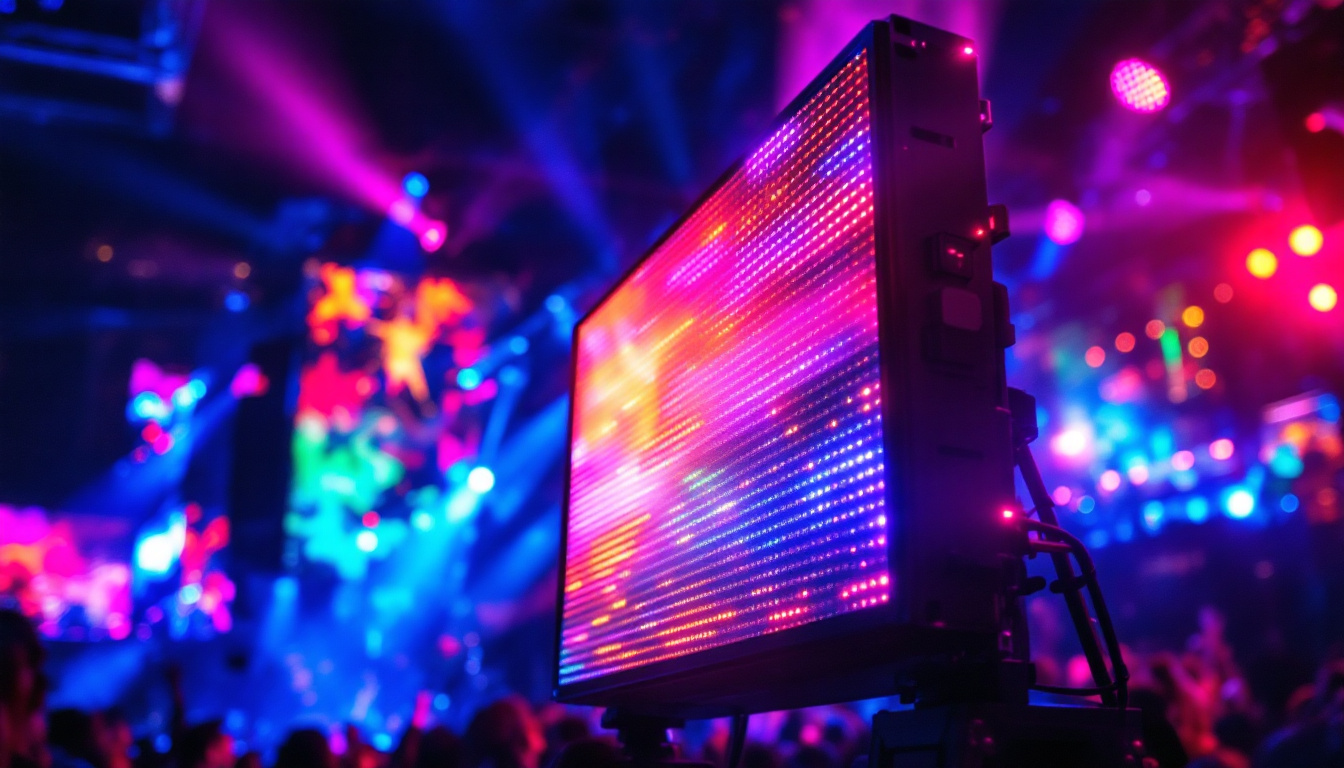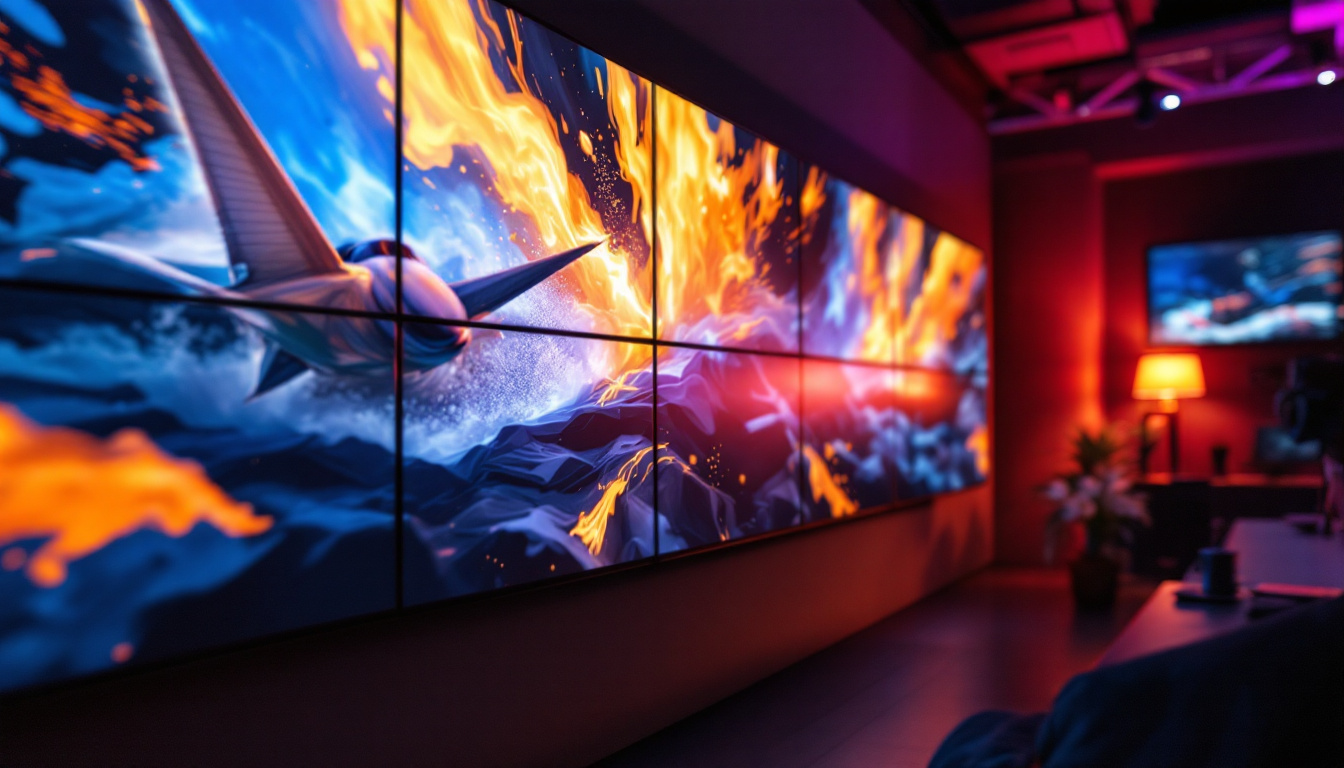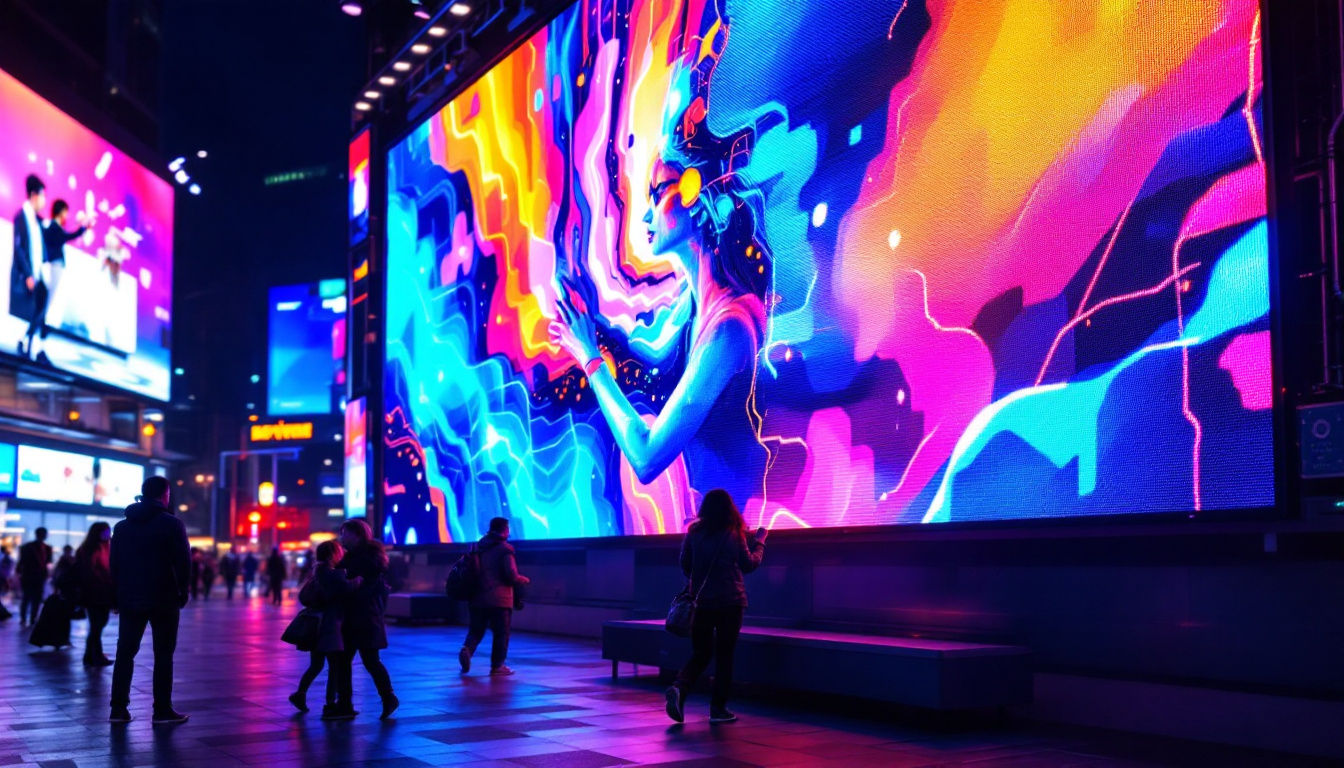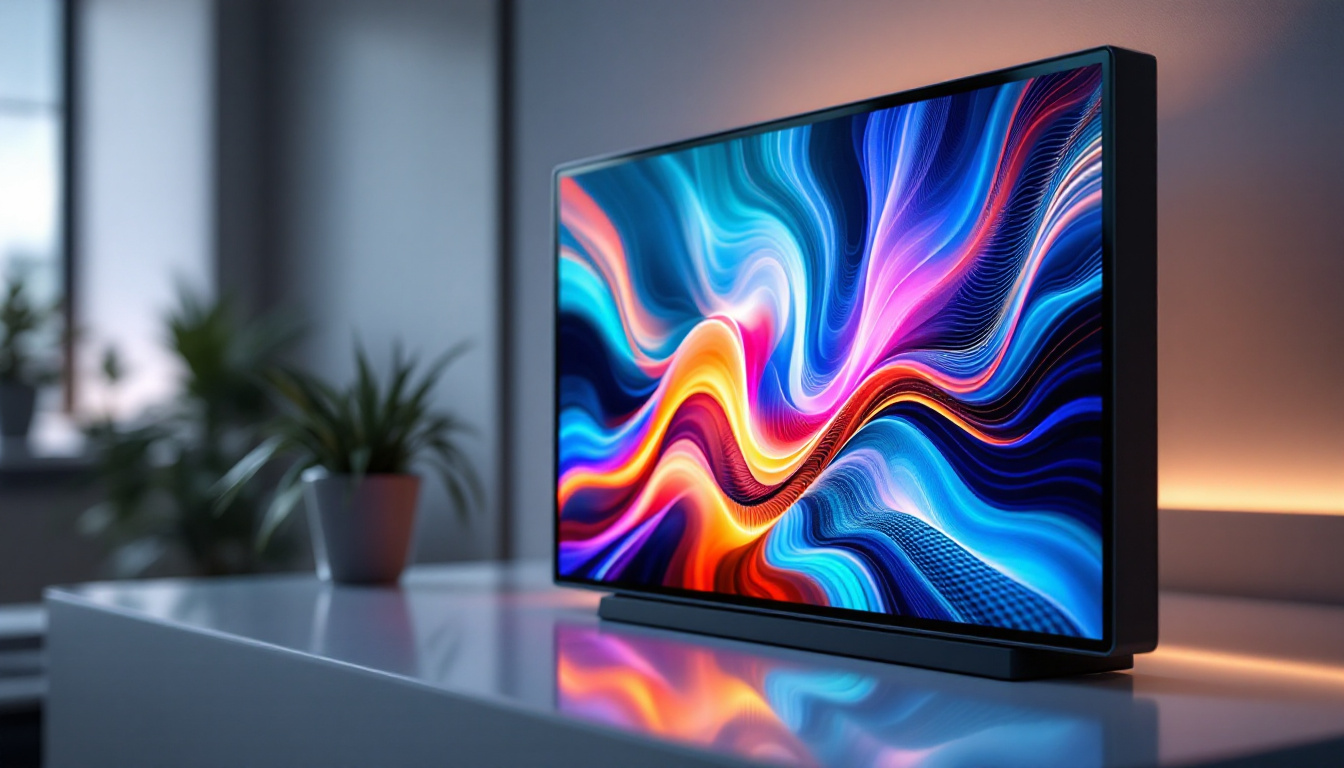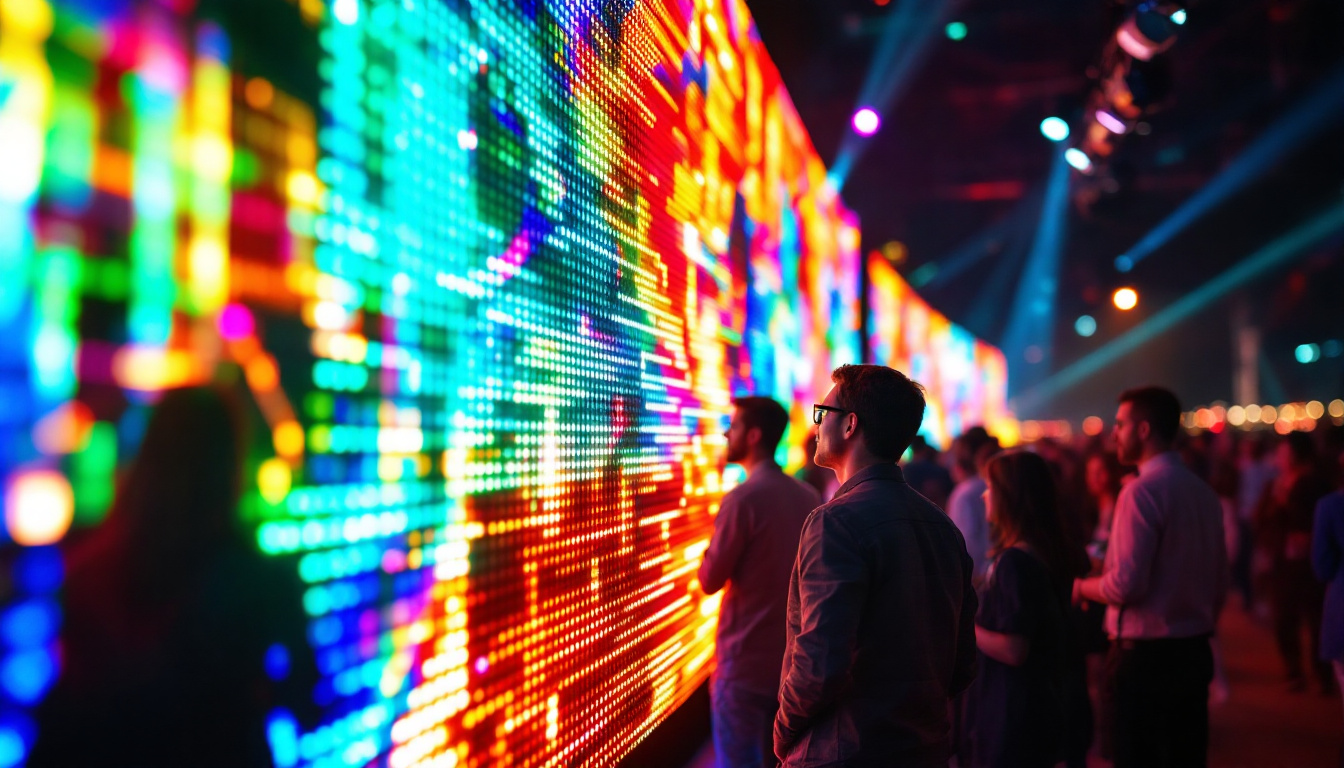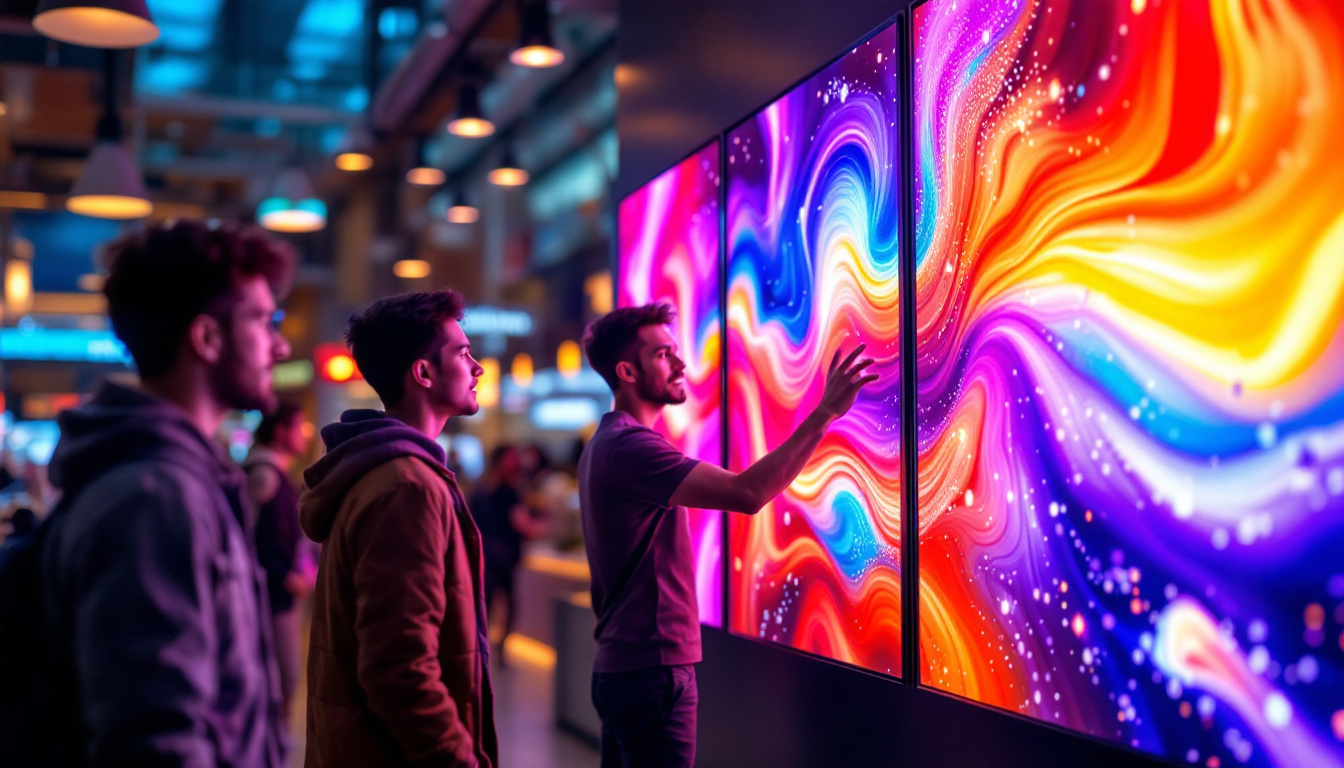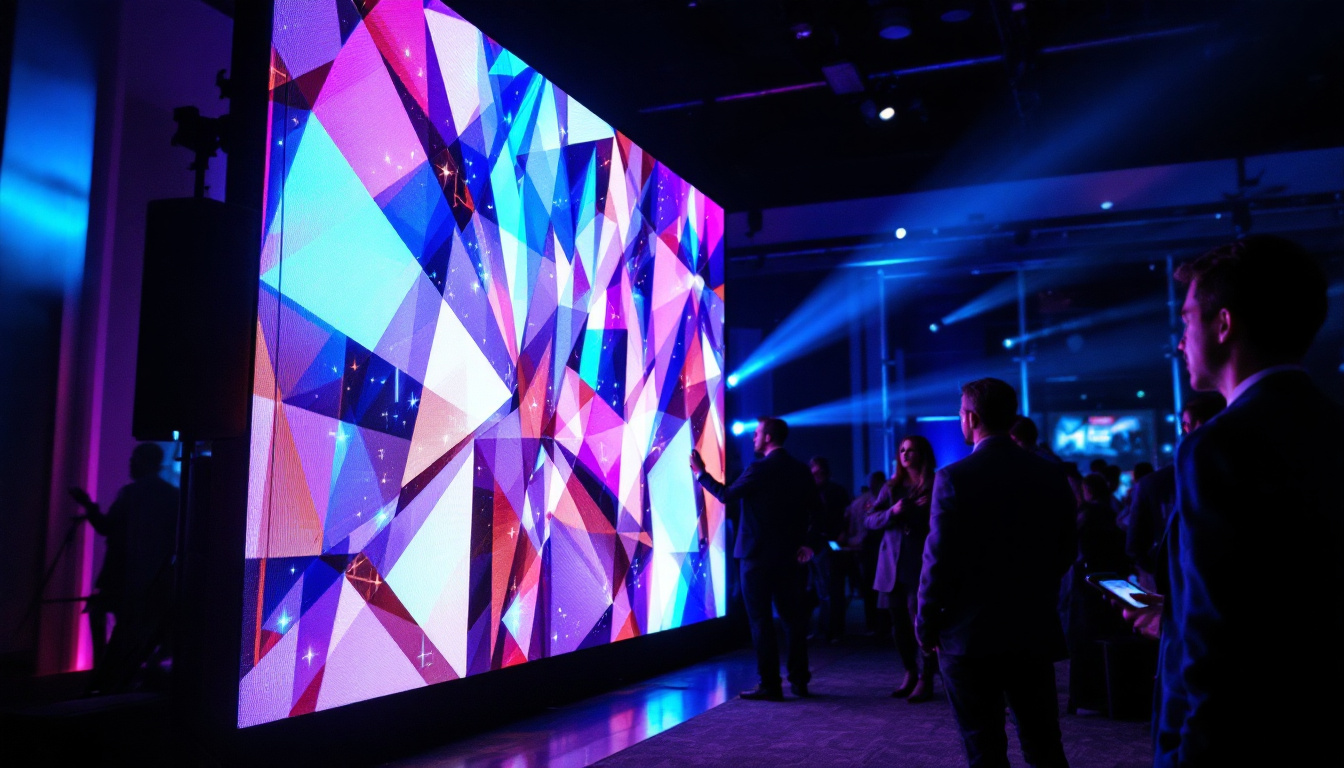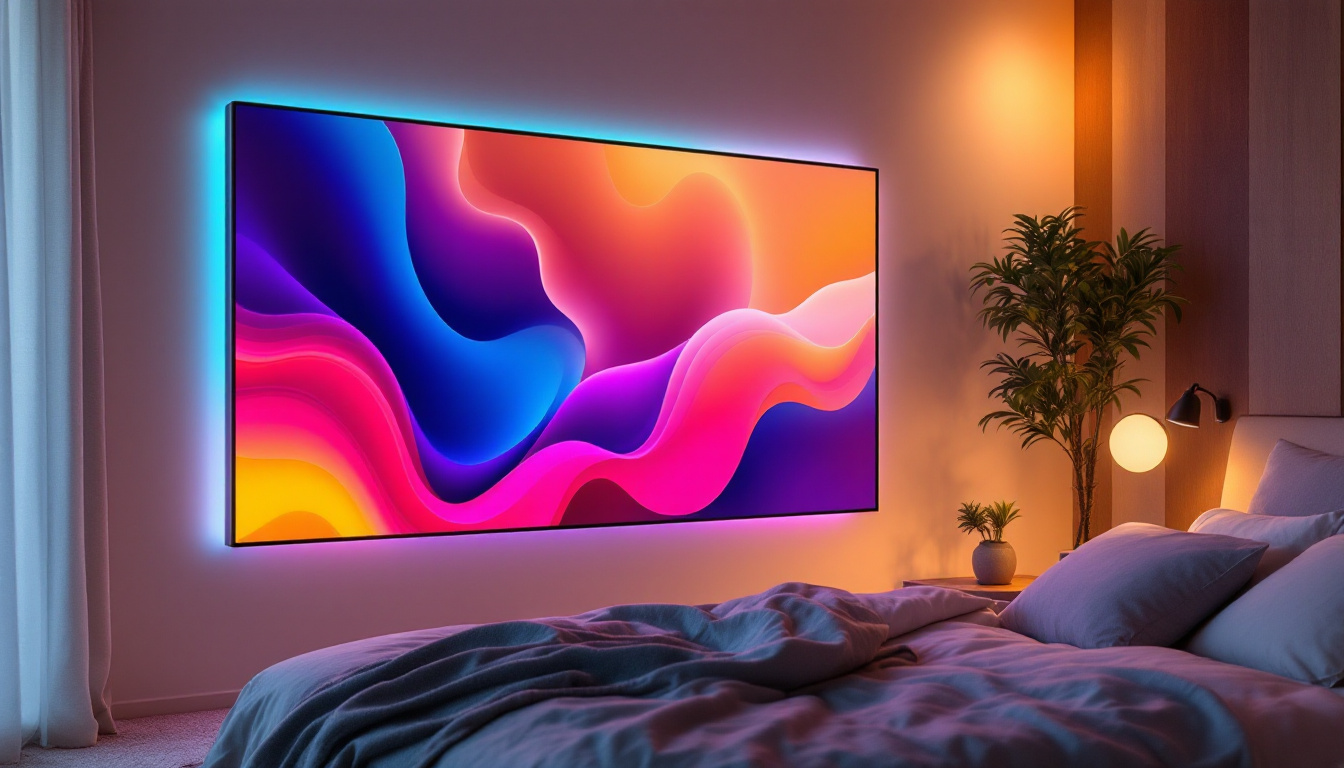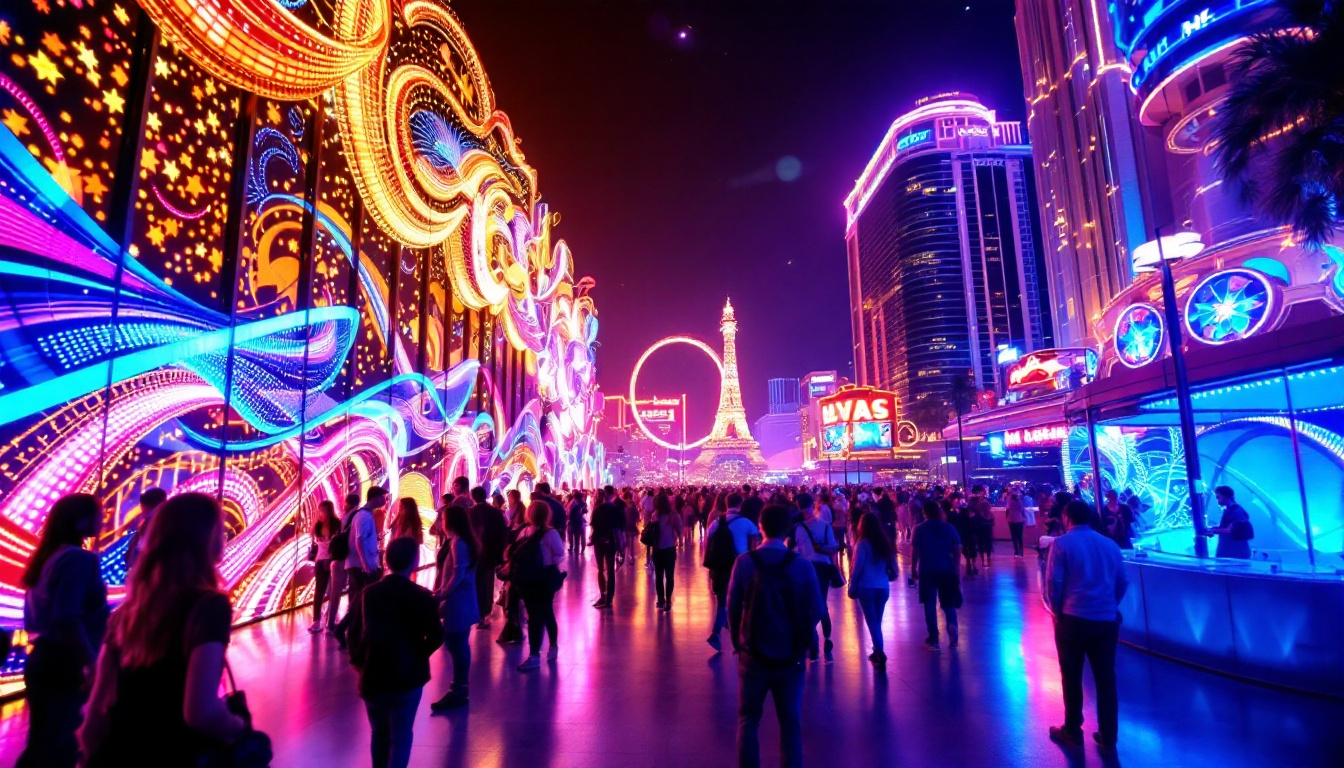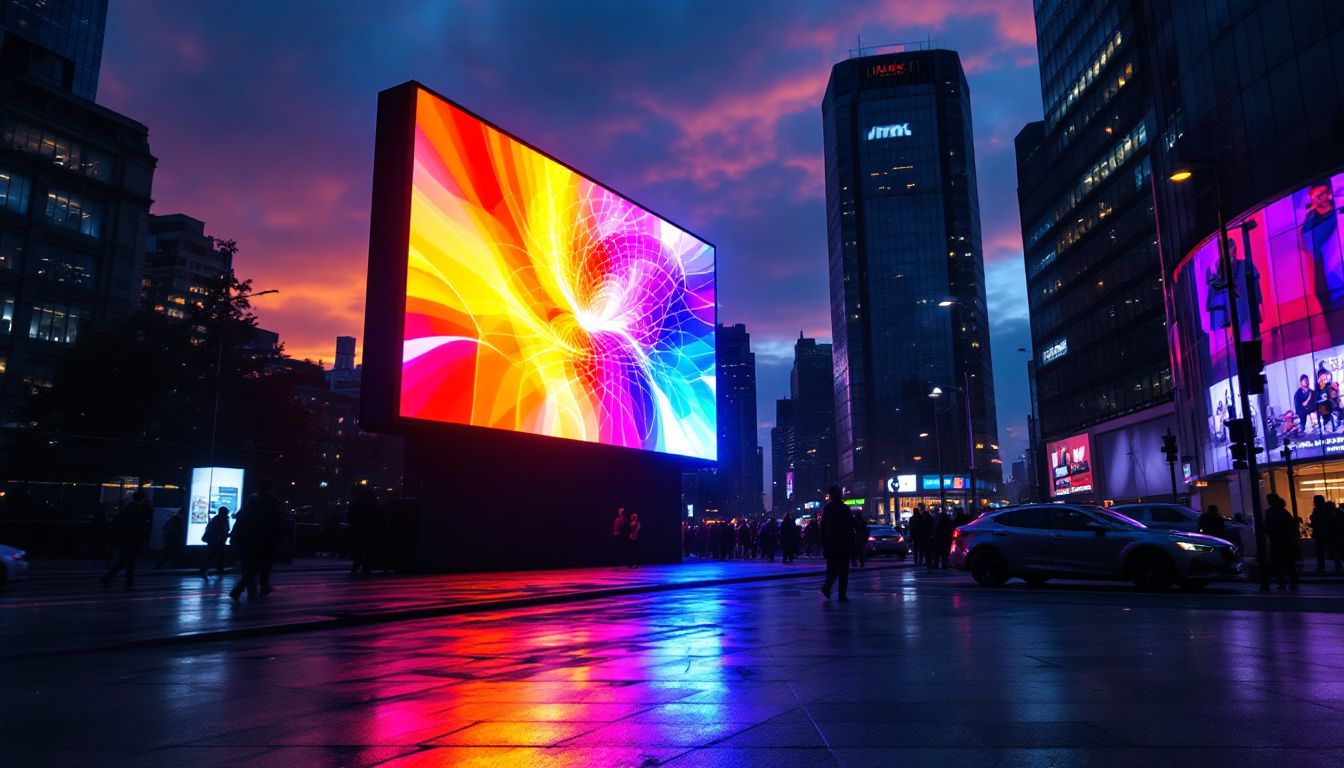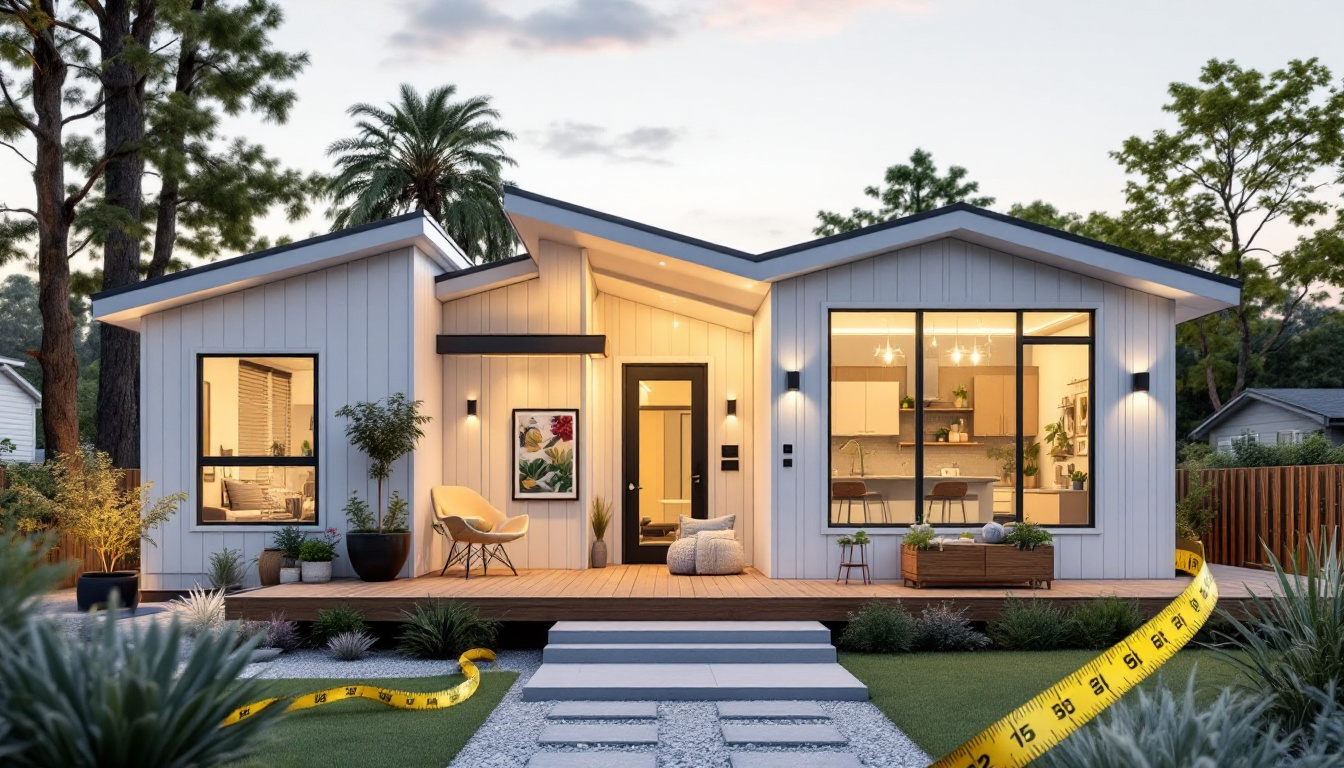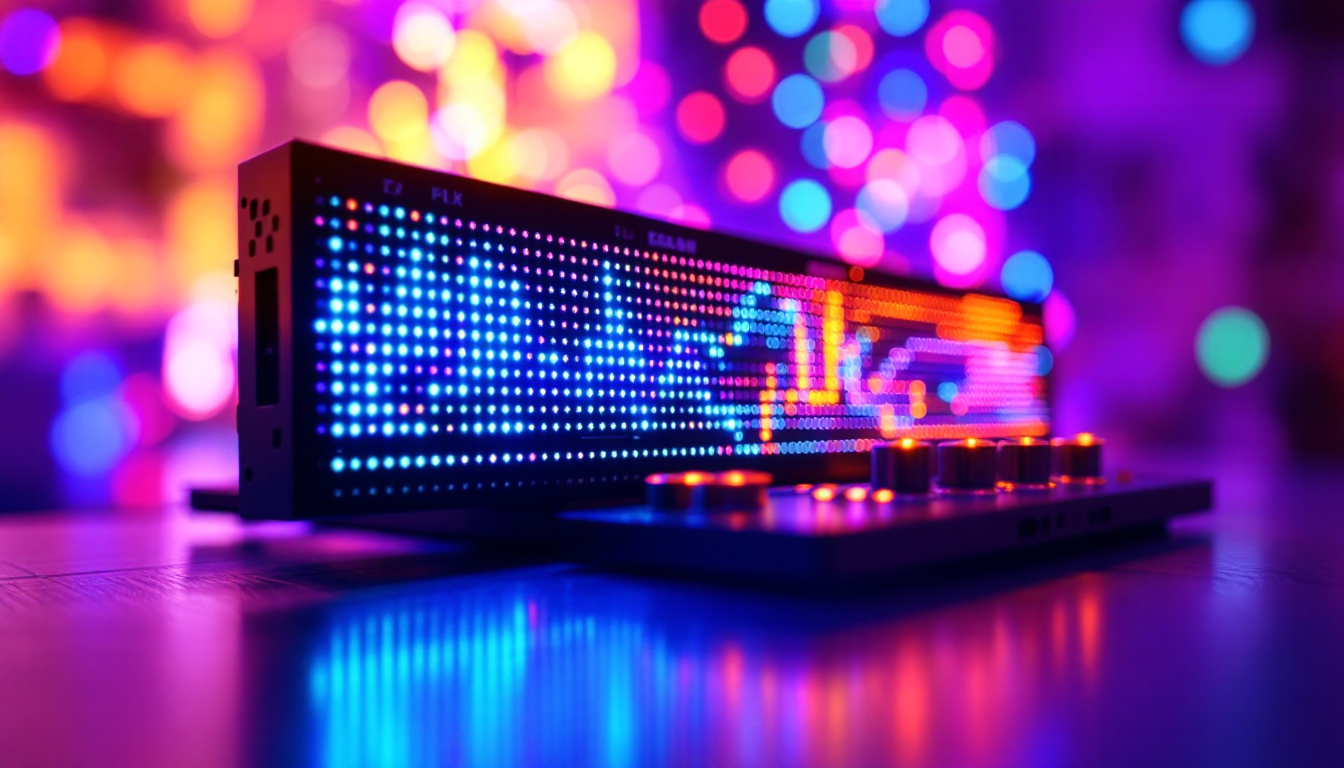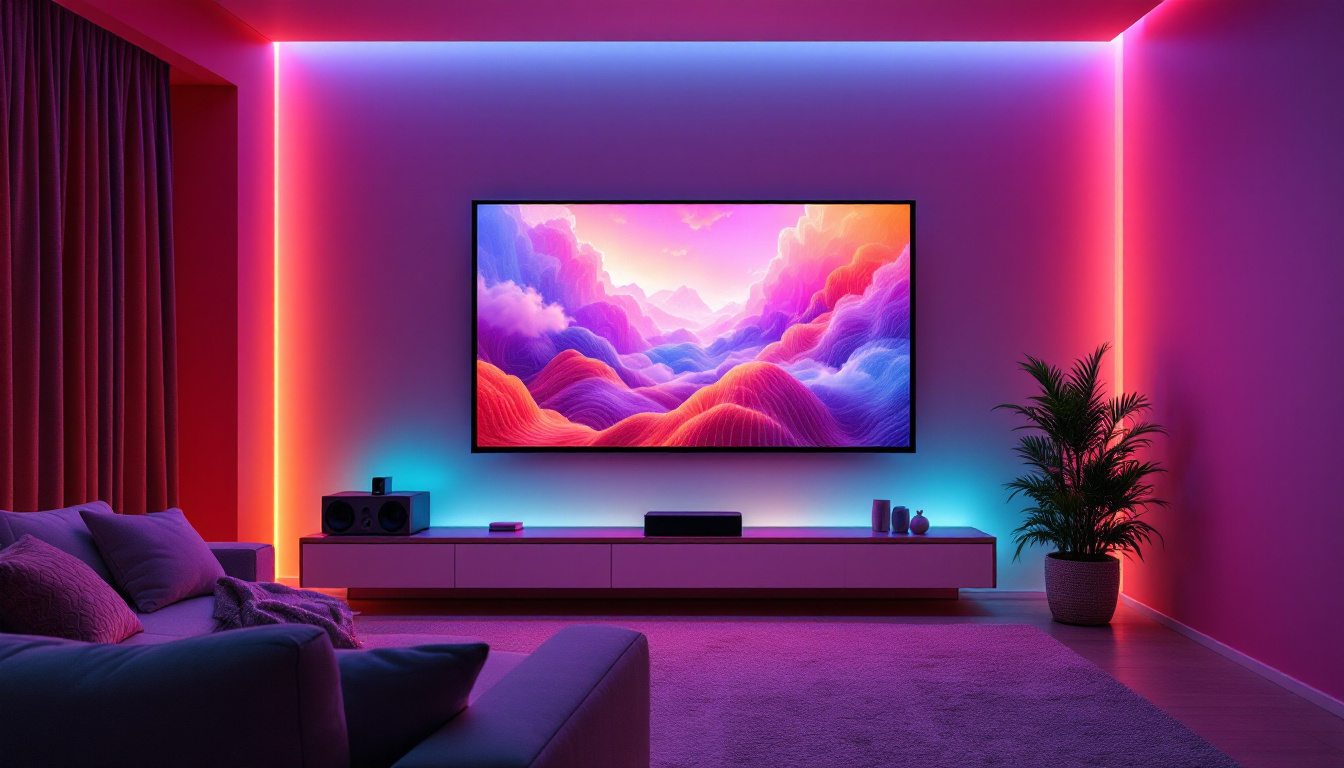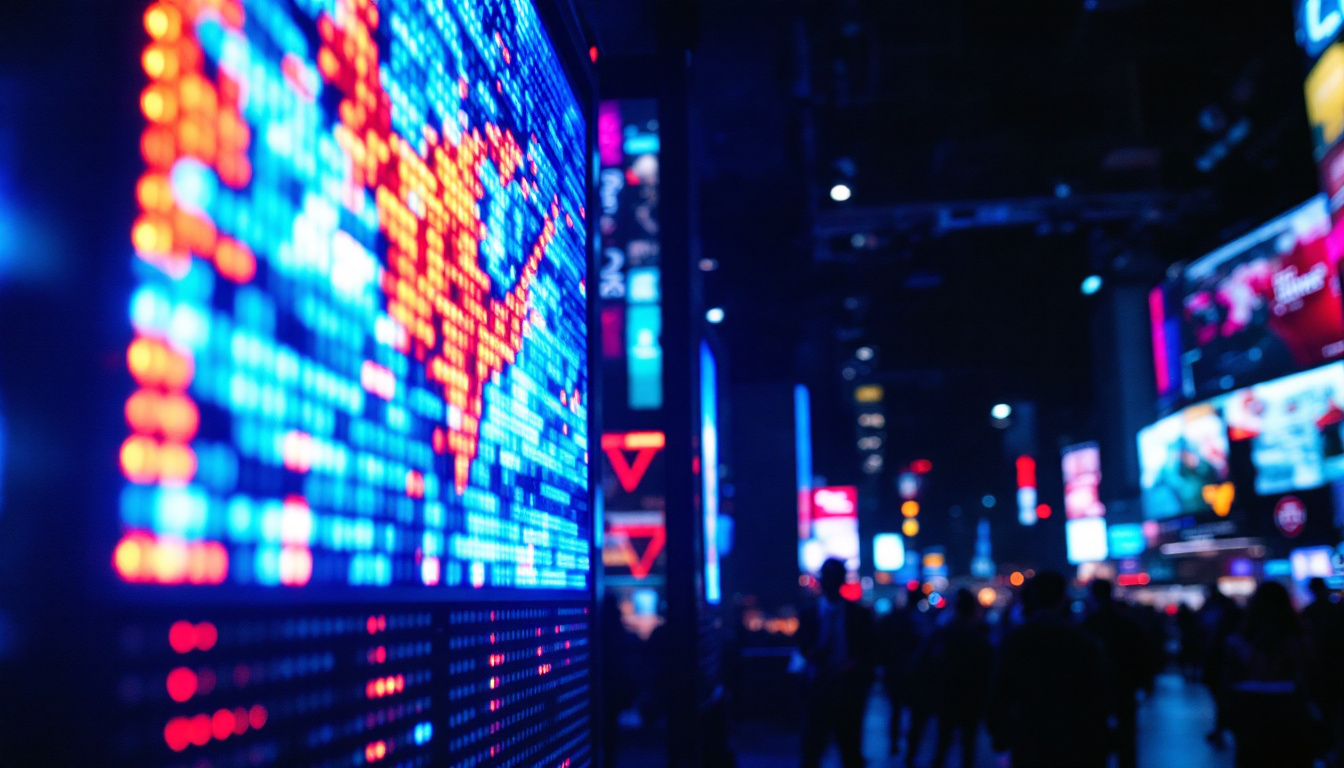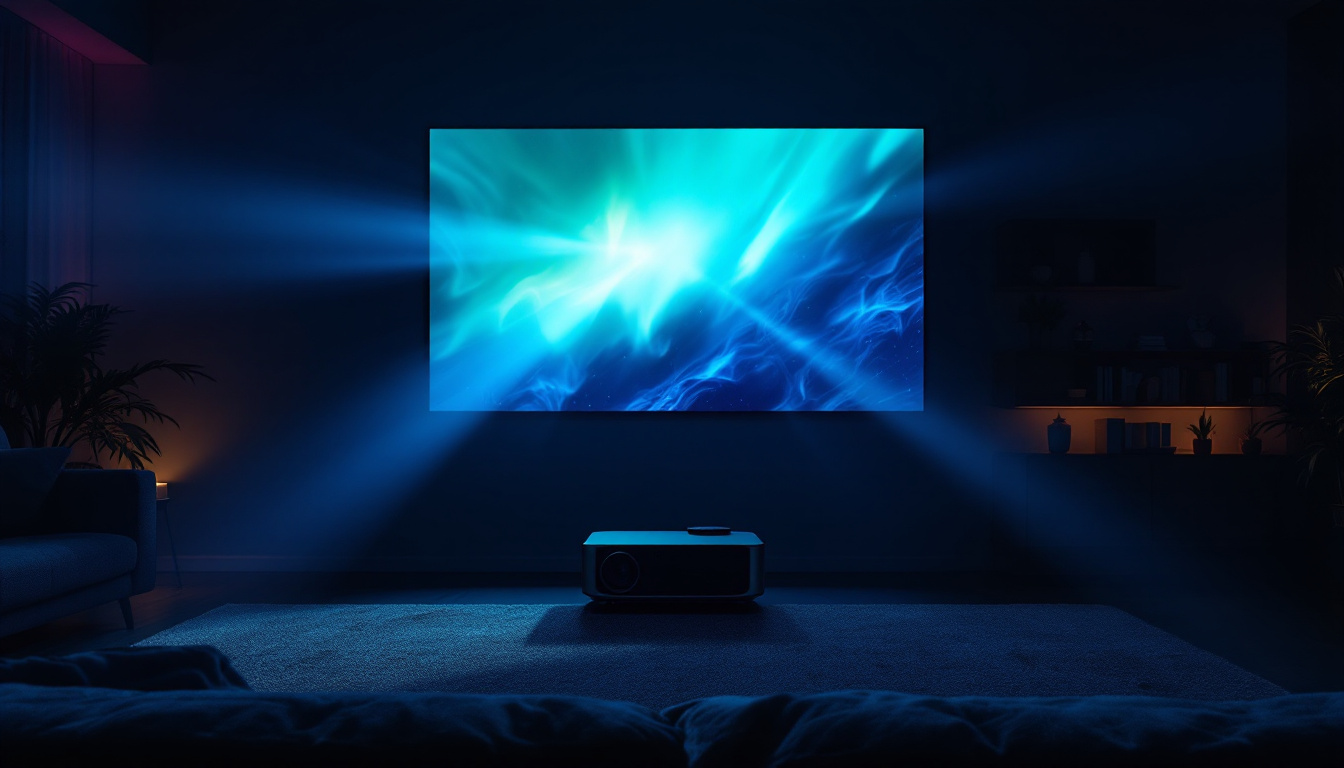In an age where technology seamlessly integrates into our daily lives, the concept of privacy has evolved significantly. One of the most innovative solutions to enhance personal space while providing aesthetic appeal is the use of LED display garden screens. These screens serve not only as a decorative element but also as a functional barrier that enhances privacy. This article delves into the intricacies of privacy garden screens, focusing on LED displays, their benefits, installation, and maintenance.
Understanding Privacy Garden Screens
Privacy garden screens are structures designed to provide seclusion in outdoor spaces. They can be made from various materials, including wood, metal, and, more recently, LED technology. The integration of LED displays into garden screens has revolutionized how individuals can enjoy their outdoor environments while maintaining privacy.
What Are LED Display Garden Screens?
LED display garden screens are essentially digital canvases that can showcase a variety of content—from serene nature scenes to vibrant artwork. Unlike traditional screens, these LED displays can be customized to fit the aesthetic of any garden or outdoor space. They can be programmed to change visuals, allowing homeowners to adapt the ambiance according to their mood or occasion.
These screens are often constructed with weather-resistant materials, ensuring that they can withstand the elements while providing a continuous display of images or videos. The technology behind LED displays allows for high-resolution graphics, making them visually striking and engaging. Moreover, many LED screens come equipped with smart technology, enabling users to control them remotely via smartphones or tablets, adding a layer of convenience to their functionality.
Benefits of LED Display Garden Screens
Integrating LED display technology into garden screens offers numerous advantages. Firstly, they provide a unique way to enhance privacy without compromising on style. Homeowners can create a secluded atmosphere while enjoying the beauty of digital art.
Additionally, LED screens can serve multiple functions. They can display information, such as weather updates or news, and even serve as entertainment hubs for outdoor gatherings. The versatility of these screens makes them an attractive option for homeowners looking to elevate their outdoor spaces. Beyond aesthetics, these screens can also contribute to energy efficiency; many models utilize low-energy consumption technology, allowing for long hours of operation without a significant increase in electricity bills. This makes them not only a stylish choice but also an environmentally conscious one.
Furthermore, the interactive potential of LED garden screens opens up exciting possibilities for social gatherings and events. Imagine hosting a backyard party where the screen displays a live feed of guests’ photos or videos, creating a dynamic and engaging atmosphere. They can also be used for seasonal decorations, displaying festive themes during holidays or special occasions, thus enhancing the celebratory spirit of the outdoor environment. This adaptability ensures that LED display garden screens remain a focal point in any garden, continually evolving with the seasons and the homeowner’s personal style.
Installation of LED Display Garden Screens
Installing LED display garden screens involves several considerations, including location, power supply, and mounting options. Proper installation is crucial to ensure that the screens function optimally and provide the desired level of privacy.
Choosing the Right Location
The first step in installation is selecting the appropriate location for the garden screen. Factors such as sunlight exposure, visibility from neighbors, and the overall layout of the garden should be taken into account. Ideally, the screen should be positioned to block sightlines from neighboring properties while also being easily accessible for maintenance.
Moreover, it’s essential to consider the height and size of the screen. Taller screens may be required in areas where privacy is a significant concern, while shorter screens can be used for decorative purposes or to define spaces within the garden. Additionally, the orientation of the screen can affect its visibility and effectiveness; facing it towards areas where people gather can enhance its utility as a focal point in the garden.
Another important aspect to consider is the surrounding landscape. Incorporating plants or other natural elements around the screen can create a more harmonious look, blending technology with nature. For instance, climbing plants can be trained to grow around the screen, adding a touch of greenery while softening the starkness of the LED display.
Power Supply and Connectivity
LED display screens require a reliable power source. Homeowners need to ensure that there is access to electricity in the chosen location. This may involve running electrical lines or using solar-powered options that can be charged during the day. Solar-powered LED screens are particularly appealing for those looking to minimize their environmental impact.
In addition to power supply, connectivity is vital for screens that display dynamic content. Wi-Fi or Bluetooth connectivity may be necessary to allow for easy content updates and management. Homeowners should consider the range and strength of their internet connection when planning the installation. Furthermore, it’s advisable to explore options for wired connections, as they can provide a more stable and faster data transfer, especially for high-resolution content.
Another consideration for connectivity is the potential for integrating smart home technology. Many LED screens can be synchronized with home automation systems, allowing users to control the display remotely or set it to change content based on time of day or specific events. This feature can enhance the functionality of the garden screen, making it not only a source of privacy but also a dynamic part of the outdoor living space that can adapt to different moods and occasions.
Maintenance of LED Display Garden Screens
Maintaining LED display garden screens is essential to ensure their longevity and optimal performance. While these screens are designed to withstand various weather conditions, regular maintenance can prevent issues and enhance their lifespan.
Cleaning and Care
One of the primary maintenance tasks for LED screens is cleaning. Dust, dirt, and debris can accumulate on the screen surface, affecting visibility and performance. It is advisable to clean the screens regularly using a soft, damp cloth to avoid scratching the display. Special cleaning solutions designed for electronics can also be used to maintain clarity and brightness.
Additionally, homeowners should inspect the screens periodically for any signs of damage or wear. This includes checking for loose connections, water ingress, or any physical damage that may have occurred due to weather conditions or accidental impacts.
Software Updates and Content Management
For LED screens that display dynamic content, regular software updates are crucial. Manufacturers often release updates to enhance performance, fix bugs, or introduce new features. Homeowners should ensure that their screens are connected to the internet to receive these updates automatically.
Content management is another aspect of maintenance. Homeowners can curate the visuals displayed on their screens, changing them according to seasons, events, or personal preferences. Utilizing user-friendly software can make this process seamless, allowing for easy uploads and scheduling of content.
Design Considerations for LED Display Garden Screens
When incorporating LED display garden screens into outdoor spaces, design considerations play a significant role in achieving a cohesive look. The style, color, and integration of these screens can greatly influence the overall aesthetic of the garden.
Choosing the Right Style
LED display garden screens come in various styles, from sleek modern designs to more traditional looks. It is essential to choose a style that complements the existing elements of the garden. For instance, a minimalist screen may suit a contemporary garden, while a rustic wooden frame could enhance a more traditional landscape.
Moreover, the color of the frame and the screen itself should harmonize with the garden’s palette. This attention to detail ensures that the screen becomes a seamless part of the outdoor environment rather than an intrusive element.
Integrating with Landscaping
Effective integration of LED screens with landscaping can enhance the overall appeal of the garden. Screens can be strategically placed among plants, flowers, and other garden features to create a visually stunning focal point. Using natural elements, such as climbing plants or decorative stones, can also help blend the screen into the landscape.
Additionally, lighting plays a crucial role in the integration process. Properly positioned garden lights can highlight the screen at night, creating an enchanting atmosphere. This not only enhances the screen’s visibility but also adds an extra layer of ambiance to the outdoor space.
Environmental Considerations
As technology continues to advance, environmental considerations have become increasingly important. LED display garden screens can be a sustainable choice when designed and used thoughtfully.
Energy Efficiency
LED technology is known for its energy efficiency compared to traditional display technologies. LED screens consume less power while providing brighter and more vibrant visuals. Homeowners can further enhance energy efficiency by opting for solar-powered models, which harness renewable energy to operate.
Moreover, using LED screens can reduce the need for other forms of outdoor lighting, as they can serve dual purposes—providing both privacy and illumination. This not only minimizes energy consumption but also reduces the overall carbon footprint of the outdoor space.
Recycling and Disposal
When the time comes to replace or upgrade an LED display garden screen, proper recycling and disposal are essential. Many components of LED screens can be recycled, reducing waste and promoting sustainability. Homeowners should check with local recycling programs to ensure that they are disposing of their screens responsibly.
Additionally, choosing manufacturers that prioritize sustainability in their production processes can contribute to a more environmentally friendly choice. This includes using recyclable materials and minimizing waste during manufacturing.
Conclusion: The Future of Privacy Garden Screens
As technology continues to evolve, the future of privacy garden screens looks promising. LED displays offer a unique blend of functionality and aesthetics, providing homeowners with innovative solutions to enhance their outdoor spaces.
With the ability to customize visuals, integrate with landscaping, and maintain energy efficiency, LED display garden screens are not just a trend but a significant advancement in outdoor living. As more homeowners recognize the benefits of these screens, it is likely that they will become a staple in modern gardens, transforming how individuals experience their outdoor environments.
In conclusion, privacy garden screens equipped with LED displays represent a harmonious fusion of technology and nature. They provide not only the desired privacy but also an opportunity for creativity and personalization in outdoor spaces. As the demand for such innovative solutions grows, the possibilities for enhancing outdoor living through technology will continue to expand.
Discover the LumenMatrix Difference
Ready to redefine your outdoor space with the perfect blend of privacy and innovation? Explore LumenMatrix’s extensive range of LED display solutions, tailored to elevate your garden’s ambiance and functionality. From mesmerizing Outdoor LED Wall Displays to Custom LED Displays that fit your unique vision, LumenMatrix is at the forefront of transforming environments with captivating visual experiences. Check out LumenMatrix LED Display Solutions today and take the first step towards a future where technology and nature coexist in stunning harmony.

